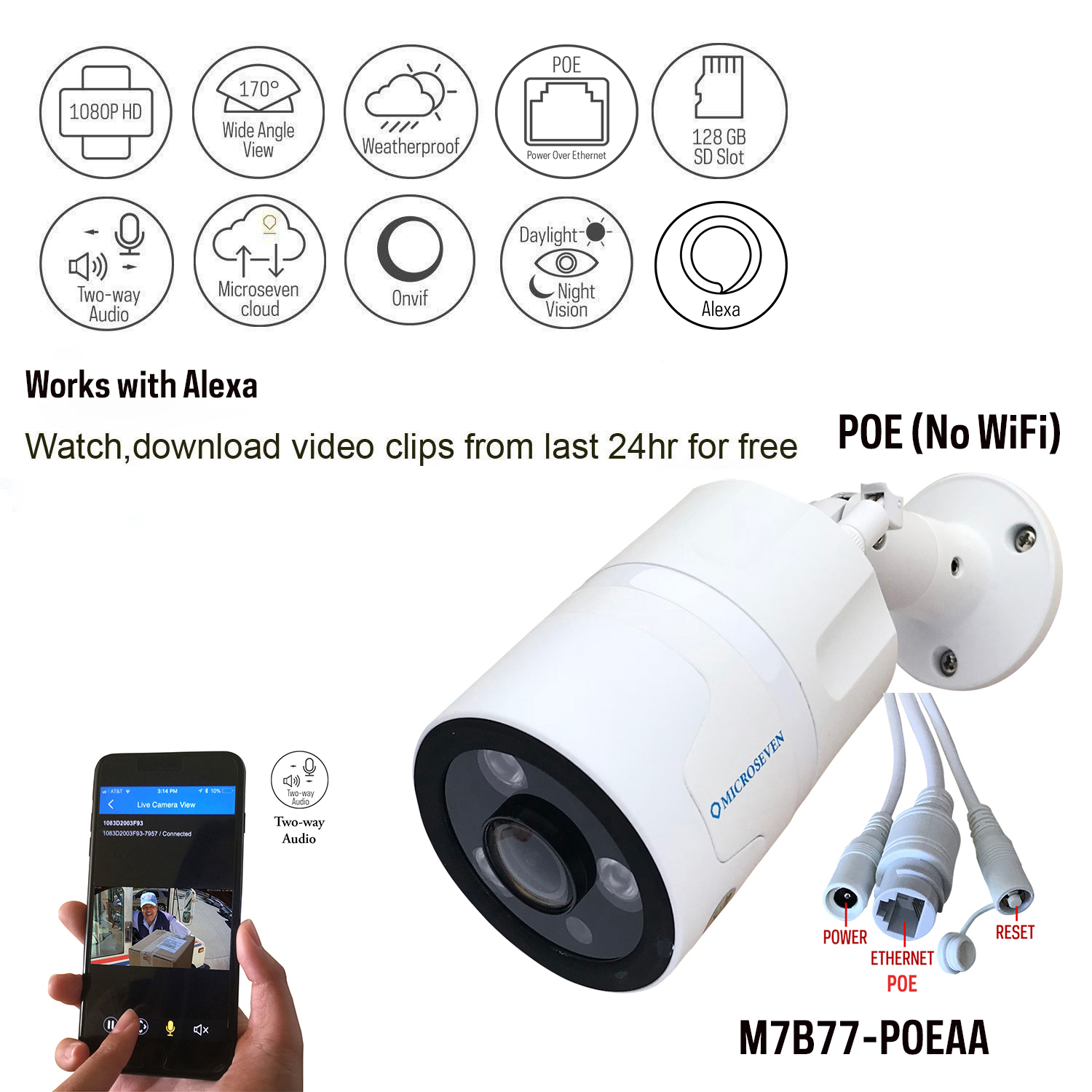

#Had microseven cam how to
“What’s happening now is companies are figuring out how to get the right product to the right customer in the shortest period of time. “Everyone was very happy to get things from China cheap and predictably for the longest time and then when that didn’t happen, there was a scramble,” says John McEleney, co-founder of Onshape, a PTC business. Nearly two-thirds of the CEOs (64%) said they are currently or planning to reshore or nearshore operations. Fictiv’s 2021 State of Manufacturing Report revealed a similar swing: As companies move into a post-pandemic era, they are looking to future-proof manufacturing with reshoring (62%) and on-demand manufacturing strategies (84%), the report found. As such, 70% of those surveyed are planning to make capital investments in automation, workflow tools and artificial intelligence, to rectify and improve on their sourcing hurdles. A report released by Xometry and Forbes found the majority of CEOs interviewed (90%) fully expect supply chain challenges to stretch well into 2023.

The premium for AM technologies and sourcing and manufacturing strategies may be worth it as companies face continued sourcing and manufacturing challenges. “It’s revealed more AM use cases and put new emphasis on thinking about bringing things closer to home.” “Companies are starting to look at total cost of ownership (TCO) rather than the price of individual piece parts as they add up the costs of logistics, the people to follow up on logistics, and quality issues,” says Bryan Crutchfield, vice president and general manager, North America, at Materialise. These technologies, deployed as part of a concerted effort to bring more resiliency and agility to operations, have traditionally been associated with a higher cost. Those strategies were turned on their head with years-long supply chain disruptions, prompting many companies to reevaluate and, subsequently, prioritize digital and on-demand manufacturing along with 3D printing and digital design tools. “There is a sense of urgency that caused upper management to realize it was time to rethink strategies and to look for alternatives to be better prepared.”įor years, manufacturers had gravitated to offshore sourcing and production primarily because of the cost advantage. “We’ve had supply chain interruptions before, but they were relatively minor,” says Henrike Wonneberger, COO of Replique, which markets an encrypted 3D printing platform for spare parts management and small parts production. Global logistics challenges, initially sparked by pandemic-era shutdowns, sparse availability of silicon chips and oil and gas shortages due to the war between Ukraine and Russia have only magnified the crisis.Įven as these challenges subside, companies are actively looking to replace or augment outsourcing strategies with reshoring efforts, including localizing and decentralizing manufacturing closer to demand, to avoid costly downtime and the missed revenue opportunities that characterized the last few years of business.

Though supply chain snafus are certainly not new, their scale over the last few years has been unprecedented, crippling entire industries as companies struggled to source key parts in a timely fashion. These ongoing macro events have wreaked havoc on the global supply chain, prompting companies to increase digital tool use and on-demand manufacturing as they aim for greater resiliency and agility by reshoring sourcing and production. The years-long pandemic crisis and the Russia/Ukraine war have taken a toll on humanity and transformed geopolitics.


 0 kommentar(er)
0 kommentar(er)
